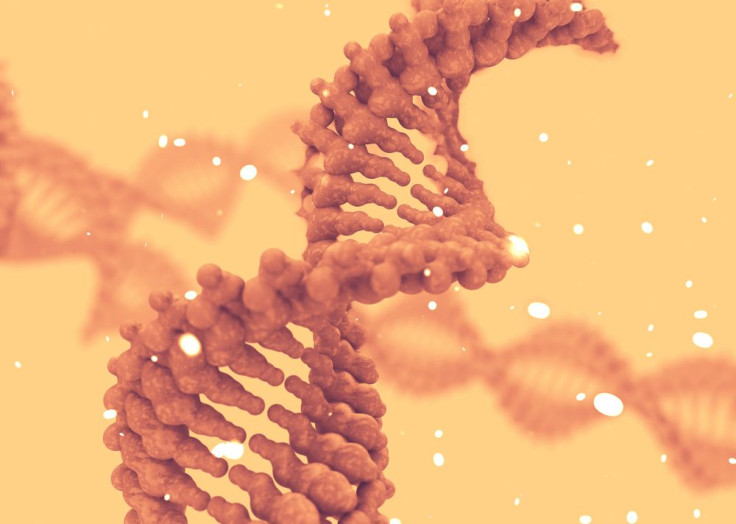Obesity Genetics: Newly-Found 'Master Switch' In Gene May Change How We Treat Human Obesity

New research published in The New England Journal of Medicine has found a new genetic pathway responsible for controlling your metabolism, and may even help you lose weight.
Researchers from Harvard Medical School and the Massachusetts Institute of Technology found the way in which a specific form of the FTO gene, the most common obesity-related gene, acts on adipocyte progenitor cells, which are essentially fat cells. While FTO has been known to affect obesity, researchers have not previously been able to find the mechanism that explains how genetic differences can lead to obesity.
“Many studies attempted to link the FTO region with brain circuits that control appetite or propensity to exercise,” said Dr. Melina Claussnitzer, author of the study and instructor in medicine at Beth Israel Deaconness Medical Center and Harvard Medical School, in a statement. “Our results indicate that the obesity-associated region acts primarily in adipocyte progenitor cells in a brain-independent way.”
The researchers came to this conclusion after looking at over 100 tissue and cell types, focusing specifically on the activity of eight genes, which they believed interacted with an FTO. Of the participants, half of them carried the FTO gene associated with obesity risk, as well as two specific genes, IRX3 and IRX5. This gene pair acts as a controller in a process known as thermogenesis, which occurs when adipocyte cells turn energy into heat rather than storing it as fat. Thermogenesis can be triggered from exercise, a proper diet, or by spending time in cold weather.
White adipocyte cells are known to store energy as fat, while beige adipocyte cells use the energy to produce heat, thus burning fat. Beige fat is known to keep animals warm in the winter. The variant of the FTO gene that initiates weight gain is unable to turn off IRX3 and IRX5, making it more likely for white fat to develop instead of beige fat.
The researchers used a common gene-editing method called CRISPR-Cas9 to convert the obesity-related FTO gene into a common form of FTO, resulting in lower levels of IRX3 and IRX5. This conversion sped up the energy burning process, leading to the production of more heat and loss of fat.
These results suggest that it may be possible to use gene manipulation to treat obesity in the U.S. and beyond. Obesity costs in the United States reach $147 billion per year, in part due to the fact that it contributes to a number of diseases, like cancer and type 2 diabetes, according to the Centers for Disease Control and Prevention. The new research brings science one step closer to finding a cure for obesity.
“By manipulating this new pathway, we could switch between energy storage and energy dissipation programs at both the cellular and the organismal level, providing new hope for a cure against obesity,” said lead author Manolis Kellis, professor of computer science at MIT’s Computer Science and Artificial Intelligence Laboratory, in the statement.
Source: Claussnitzer M, Dankel S, Kim K, et al. FTO Obesity Variant Circuitry And Adipocyte Browning in Humans. The New England Journal of Medicine. 2015.



























